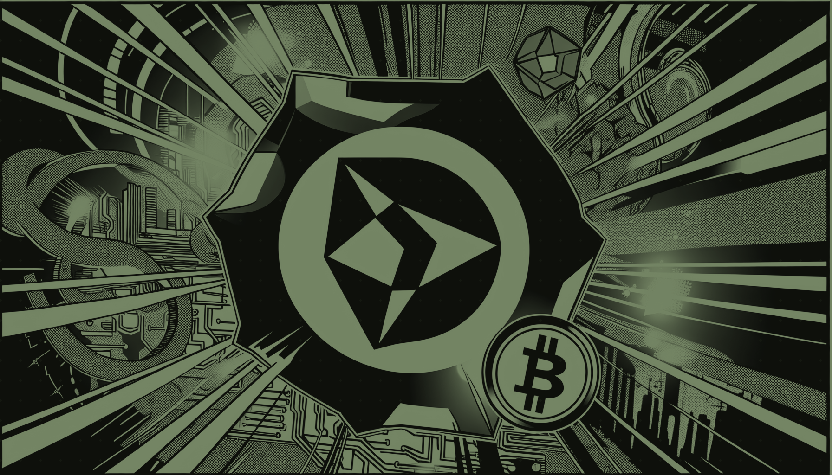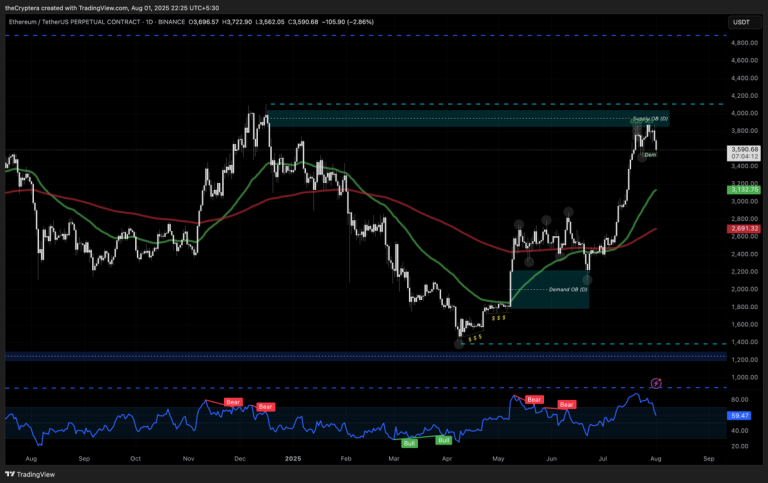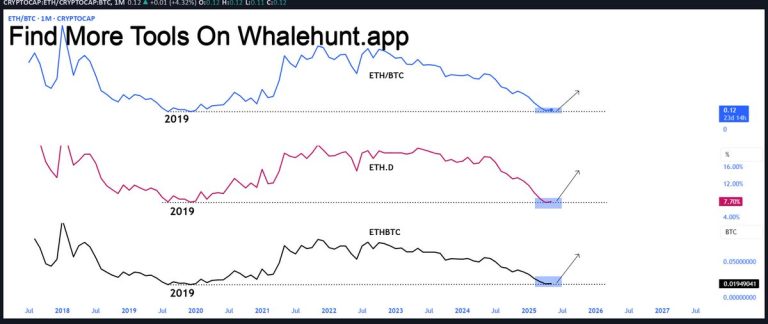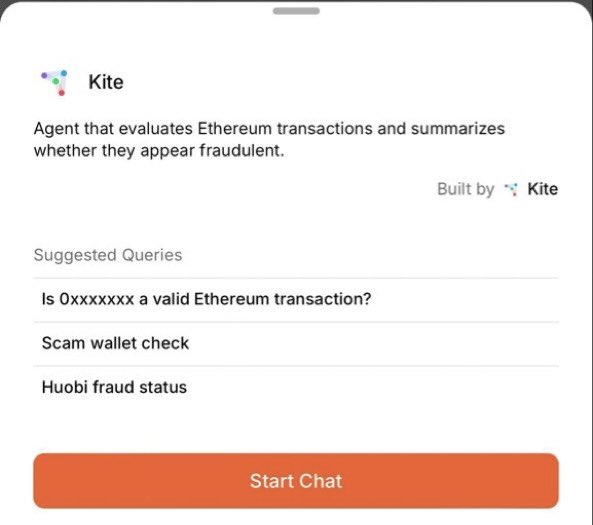
Diving Deep into Ethereum: A Comprehensive Exploration
Introduction: The Decentralized Revolution
Imagine a world where applications run exactly as programmed, free from censorship, downtime, or third-party interference. That’s the promise of Ethereum, a revolutionary blockchain platform that goes far beyond cryptocurrency. It’s a decentralized, open-source network that enables developers to build smart contracts and decentralized applications (dApps). Unlike Bitcoin, which was designed primarily as digital money, Ethereum is a global, programmable blockchain—a digital operating system for the future.
This report explores Ethereum’s core technology, its vast ecosystem, and the challenges it faces. We’ll also examine its future potential, including Ethereum 2.0 and the role of AI in shaping its evolution.
—
What is Ethereum, Really?
At its core, Ethereum is a decentralized, open-source blockchain with smart contract functionality [24]. Unlike traditional applications that run on centralized servers, Ethereum operates on a peer-to-peer network of computers (nodes) that execute code in a trustless manner.
Key Features of Ethereum:
– Decentralized: No single entity controls Ethereum; it’s maintained by a global community of developers.
– Smart Contracts: Self-executing agreements written in code that automatically enforce terms when conditions are met.
– Ether (ETH): The native cryptocurrency used to pay for transactions and computational services on the network.
Ethereum’s true power lies in its ability to automate agreements and transactions without intermediaries, making it ideal for DeFi, NFTs, DAOs, and more.
—
The Genius of Smart Contracts
Smart contracts are the backbone of Ethereum. They eliminate the need for middlemen by automating processes when predefined conditions are met.
How Smart Contracts Work:
Use Cases of Smart Contracts:
– Decentralized Finance (DeFi): Automated lending, borrowing, and trading.
– Supply Chain Management: Tracking goods from origin to consumer.
– Voting Systems: Secure, tamper-proof elections.
– Digital Identity: Self-sovereign identity verification.
Smart contracts are revolutionizing industries by reducing fraud, increasing efficiency, and enabling new economic models.
—
Ethereum vs. Bitcoin: More Than Just Crypto
While both Ethereum and Bitcoin are blockchain-based, they serve different purposes.
| Feature | Bitcoin | Ethereum |
|——————-|————————————–|————————————–|
| Primary Use | Digital currency (peer-to-peer money) | Smart contracts & dApps |
| Consensus | Proof-of-Work (PoW) | Transitioning to Proof-of-Stake (PoS) |
| Flexibility | Limited scripting | Highly programmable |
| Ecosystem | Focused on payments | DeFi, NFTs, DAOs, gaming, and more |
Bitcoin is often called “digital gold,” while Ethereum is a “digital operating system.” Ethereum’s flexibility has led to a booming ecosystem of decentralized applications.
—
The Ethereum Ecosystem: A Thriving Metropolis
Ethereum’s ecosystem is vast and rapidly expanding. Some of the most notable sectors include:
1. Decentralized Finance (DeFi)
DeFi applications replicate traditional financial services (lending, borrowing, trading) in a decentralized, transparent way. Examples include:
– Uniswap (decentralized exchange)
– Aave (lending & borrowing)
– Compound (interest-earning protocols)
2. Non-Fungible Tokens (NFTs)
NFTs represent unique digital assets (art, music, collectibles) on the blockchain. Ethereum’s ERC-721 and ERC-1155 standards have made it the leading platform for NFTs.
3. Decentralized Autonomous Organizations (DAOs)
DAOs are community-governed organizations where decisions are made via voting and smart contracts. Examples:
– MakerDAO (governs the DAI stablecoin)
– Uniswap DAO (governs the Uniswap protocol)
4. Gaming & Metaverse
Blockchain-based games allow players to own in-game assets as NFTs. Examples:
– Axie Infinity (play-to-earn gaming)
– Decentraland (virtual real estate)
This ecosystem is constantly evolving, with new innovations emerging daily.
—
Challenges on the Horizon: Scalability & Security
Despite its potential, Ethereum faces key challenges:
1. Scalability Issues
– Ethereum’s current transaction speed (~15-30 TPS) is slower than traditional systems like Visa (~24,000 TPS).
– High gas fees during network congestion make transactions expensive.
2. Security Risks
– Smart contract vulnerabilities can lead to hacks and exploits (e.g., the DAO hack in 2016).
– 51% attacks (though rare) remain a theoretical risk.
3. Energy Consumption (Pre-Ethereum 2.0)
– Before transitioning to Proof-of-Stake (PoS), Ethereum used Proof-of-Work (PoW), which was energy-intensive.
—
Ethereum 2.0: A New Era of Scalability & Sustainability
To address these challenges, Ethereum is undergoing a major upgrade called Ethereum 2.0 (Serenity).
Key Improvements:
– Replaces energy-intensive mining with staking, reducing energy consumption by ~99%.
– Validators stake ETH to secure the network, earning rewards.
– Divides the blockchain into smaller, parallel chains to increase transaction throughput.
– Expected to scale Ethereum to 100,000+ TPS.
– Improves execution efficiency and developer experience.
Ethereum 2.0 is being rolled out in phases, with the Beacon Chain already live and sharding expected in 2024.
—
The Role of AI in Ethereum’s Future
Artificial Intelligence (AI) is increasingly being integrated into Ethereum’s ecosystem.
AI Use Cases in Ethereum:
– Smart Contract Auditing: AI tools detect vulnerabilities before deployment.
– Market Analysis: AI predicts price movements and trading opportunities.
– Governance Optimization: AI helps DAOs make data-driven decisions.
– Fraud Detection: AI monitors transactions for suspicious activity.
The combination of decentralized blockchain and AI analytics could unlock new possibilities in finance, governance, and automation.
—
Ethereum’s Impact: Beyond the Tech
Ethereum’s influence extends beyond technology. It has the potential to:
– Empower the unbanked with DeFi solutions.
– Strengthen democracy with secure voting systems.
– Revolutionize digital ownership with NFTs.
– Enable new economic models through DAOs.
Ethereum is not just about code and cryptocurrency—it’s about building a fairer, more transparent future.
—
The Future is Decentralized
Ethereum is at the forefront of the decentralized revolution. While challenges remain, its innovative spirit and global community continue to drive progress.
As Ethereum 2.0 rolls out and AI integration deepens, the platform will likely play a pivotal role in shaping the future of finance, governance, and the internet itself.
The journey toward a decentralized future has only just begun—and Ethereum is leading the way.
—
Sources:







